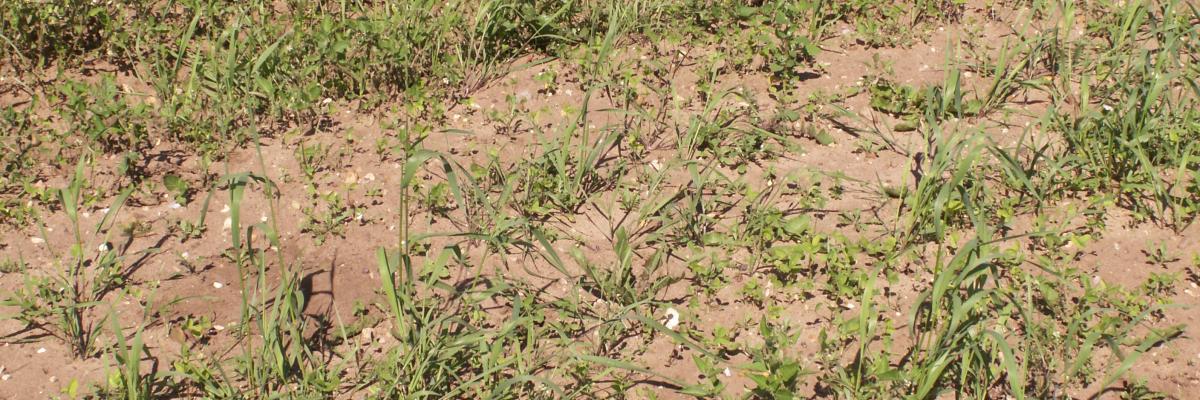

Common Couch Management in Organic Systems
Download the PDF
Common couch is a perennial grass found in most soils, and spreads from hedgerows and field margins into cultivated fields. This leaflet, produced by Garden Organic (formerly HDRA) as part of the Organic Weed Management Project, OF0315, provides a brief overview of a variety of organic weed control methods to manage couch. It includes information on biology, persistence and spread, and focuses on prevention, direct control methods and other forms of control that aim to disrupt plant growth when it is most sensitive to disturbance. Vegetative reproduction is more important than seed. New roots and shoots sprout from the rhizomes, or creeping rootstalks, which grow horizontally underground. Cultivation leads to fragmentation of these rhizomes which causes axillary buds that have been separated from the main plant to develop into aerial shoots, creating a new plant. This type of growth follows soil disturbance at any time, except mid-winter.
Prevention of common couch:
- Focus on preventing the establishment of the weed in the first place by sowing only clean crop seed, disposing of weed seed collected during combine harvesting off-farm, and planting competitive crops.
Direct control methods:
- Actively growing rhizomes are easily killed by desiccation after just a few days exposure to dry air (or frost).
- In fallow: Control by cultivation, harrowing, raking and burning. Bringing rhizomes to the surface with progressively deeper spring-time cultivations will lead to their desiccation. Repeat tillage when regrowth of couch has reached 3-4 leaf stage.
- After crop harvest: Repeat cultivations to kill early regrowth (in cereals) and ploughing to burrow foliage and rhizomes.
Some other control methods:
- Laying land to grass and using a close grazing system.
- Lucerne or clover in rotation.
- Short rotation periods.
- Encouraging crop competition.
- Weekly cutting of aerial shoots.
- Grazing with pigs, horses or cattle.

Speckled Wood butterfly (Parage aegria, whose larvae feed on grasses, especially couch). Photo credit for this and header image: Garden Organic
